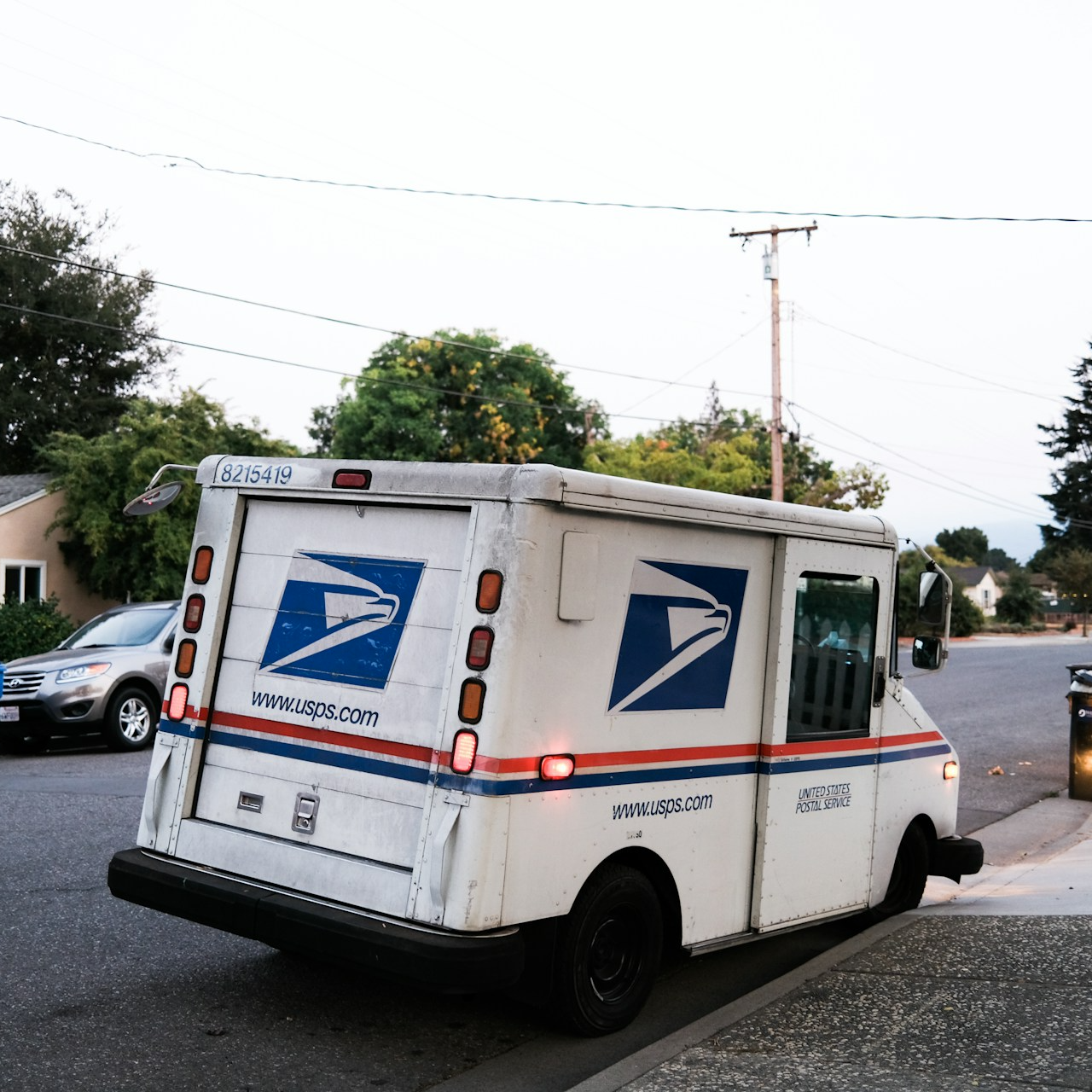Key Takeaways
-
The 2025 standard monthly premium for Medicare Part B is now $185, but delaying enrollment can result in long-lasting penalties and increased healthcare expenses under the Postal Service Health Benefits (PSHB) Program.
-
Part B enrollment is now mandatory for many Medicare-eligible PSHB annuitants and family members, unless they meet specific exemptions. Going without it could disrupt your overall health coverage.
Why Medicare Part B Still Matters in 2025
If you’re enrolled in or eligible for the Postal Service Health Benefits (PSHB) Program and nearing age 65, you may be wondering if Medicare Part B is still worth the cost in 2025. The answer? Yes, more than ever. While the Part B premium has increased, so have the consequences of not enrolling when required.
The integration of Medicare with PSHB coverage is no longer optional for many Postal retirees. In fact, Medicare Part B enrollment is a central requirement if you want to keep your full PSHB benefits after age 65.
Let’s explore why skipping Part B now could cost far more than the monthly premium.
Understanding Medicare Part B in 2025
Medicare Part B covers medical services such as:
-
Physician visits
-
Outpatient care
-
Preventive services
-
Durable medical equipment
-
Diagnostic tests
In 2025, the standard monthly premium for Part B is $185, with an annual deductible of $257. Higher-income individuals pay more due to Income-Related Monthly Adjustment Amounts (IRMAA), but most PSHB retirees pay the standard rate unless their income exceeds certain thresholds.
Who Must Enroll in Part B Under PSHB
The Postal Service Health Benefits Program underwent a major shift in 2025. Many Medicare-eligible PSHB annuitants and their family members are now required to enroll in Part B in order to maintain full coverage under the program.
You are required to enroll in Medicare Part B if:
-
You’re a Postal retiree who turns 65 on or after January 1, 2025, and you’re eligible for Medicare.
-
You’re a covered family member who becomes Medicare-eligible in 2025.
You may be exempt if:
-
You retired on or before January 1, 2025 and are not currently enrolled in Part B.
-
You’re actively employed by USPS and were already age 64 on January 1, 2025.
-
You live abroad permanently.
-
You receive coverage through the VA or Indian Health Service.
Failing to enroll when required can mean losing eligibility for PSHB coverage altogether.
Why Skipping Part B Can Be Financially Risky
Many annuitants hesitate at the $185 monthly premium. However, the cost of going without Part B coverage under PSHB in 2025 could be even higher:
Penalties Accrue for Life
If you delay Part B enrollment without qualifying for a Special Enrollment Period, you’ll pay a 10% late penalty for each full 12-month period you could have had Part B but didn’t. This penalty lasts for the rest of your life.
Coverage Disruption
Without Part B, you may be removed from your PSHB plan or only be allowed to keep limited coverage. This may lead to:
-
Higher out-of-pocket costs
-
Reduced access to certain providers
-
No secondary coverage to Medicare Part A
Increased Out-of-Pocket Medical Costs
Without Part B, you’re responsible for:
-
100% of outpatient care costs not covered by Part A
-
Emergency room visits (unless admitted)
-
Specialist visits, lab work, and preventive screenings
All of these expenses can add up rapidly, especially if your health declines or you have a chronic condition.
How PSHB Plans Coordinate with Medicare
Your PSHB plan is designed to work with Medicare Parts A and B to provide complete coverage. Here’s what that means in practice:
-
Medicare pays first, then PSHB acts as your secondary payer
-
Many PSHB plans waive deductibles and reduce coinsurance when you’re enrolled in both Medicare Parts A and B
-
Prescription drug coverage is often provided through an integrated Medicare Part D plan under the PSHB umbrella
This coordination can reduce your total out-of-pocket costs considerably—but only if you have both Parts A and B.
What If You Missed Enrollment?
If you didn’t enroll in Medicare Part B during your Initial Enrollment Period, you can sign up during the General Enrollment Period (January 1 – March 31). However, coverage doesn’t begin until July 1 and you may face late penalties.
If you qualify for a Special Enrollment Period (SEP), such as losing employer coverage, you can enroll without penalty, but you must do so within 8 months of the triggering event.
Comparing the Cost of Part B to Potential Medical Bills
Let’s put the $185 monthly premium in perspective. Consider some average medical costs without Part B:
-
Specialist consultation: $250–$500
-
Outpatient surgery: $5,000–$10,000
-
Diagnostic imaging (MRI, CT scan): $1,000–$3,000
-
Emergency room visit: $1,200–$2,500
If you forgo Part B and experience a major health issue, you could pay more in a single week than you would in three years’ worth of premiums.
Timing Your Enrollment Matters
If you’re approaching age 65 or recently retired, it’s critical to align your Part B enrollment with your PSHB coverage needs.
-
Initial Enrollment Period (IEP): Starts 3 months before your 65th birthday and lasts 7 months total.
-
General Enrollment Period (GEP): January 1 – March 31 each year.
-
Special Enrollment Period (SEP): Available after losing employer coverage.
For PSHB annuitants required to enroll in Part B, delaying can jeopardize access to your plan and increase your lifetime healthcare costs.
Medicare Premium Reimbursements: A Hidden Advantage
Some PSHB plans offer partial or full reimbursement for Medicare Part B premiums. While this isn’t guaranteed, it’s common in 2025 for PSHB plans to provide financial relief when you’re enrolled in both Medicare and PSHB.
Examples of benefits that may apply when you’re enrolled in Part B:
-
Waived deductibles
-
Lower coinsurance
-
Prescription drug coverage integration
These benefits can offset your Part B premium over time, sometimes substantially.
What If You’re Still Working?
If you’re still an active USPS employee and covered under a PSHB plan, you may be able to delay Part B enrollment without penalty. But you must:
-
Remain enrolled in PSHB coverage through active employment, not as an annuitant
-
Enroll in Part B within 8 months of retiring to avoid penalties
If you’re nearing retirement, it’s smart to plan ahead for a seamless transition into Medicare.
Common Misunderstandings About Part B and PSHB
“Medicare Part A is enough”
Medicare Part A only covers inpatient hospital care. Most routine healthcare—like doctor visits, outpatient surgery, or durable medical equipment—is billed under Part B.
“I can enroll in Part B anytime without issue”
You can’t. Enrolling late often leads to penalties and coverage delays.
“PSHB will cover everything without Medicare”
It won’t. In 2025, many PSHB plans require Part B for full benefits. Skipping it could leave you without secondary coverage and facing high bills.
What This Means for Your 2025 Healthcare Strategy
PSHB plans in 2025 are more tightly connected with Medicare than ever before. Understanding the role of Part B in this equation is key to protecting your health and your finances.
If you’re:
-
Turning 65 this year
-
Helping a family member enroll
-
Recently retired or planning to retire soon
…you need to act. Missing a deadline or opting out of Part B could result in lifelong penalties, lost coverage, and higher out-of-pocket expenses.
Make Informed Moves While You Still Have Options
Enrolling in Medicare Part B may seem expensive at first glance, but failing to enroll—especially if you’re required to under PSHB rules—can lead to larger, longer-lasting costs. In 2025, with updated requirements, stricter integration rules, and increasing healthcare costs, skipping Part B is no longer a simple personal choice. It could be a serious financial misstep.
To ensure you’re making the best decision for your retirement health coverage, speak with a licensed agent listed on this website today.








